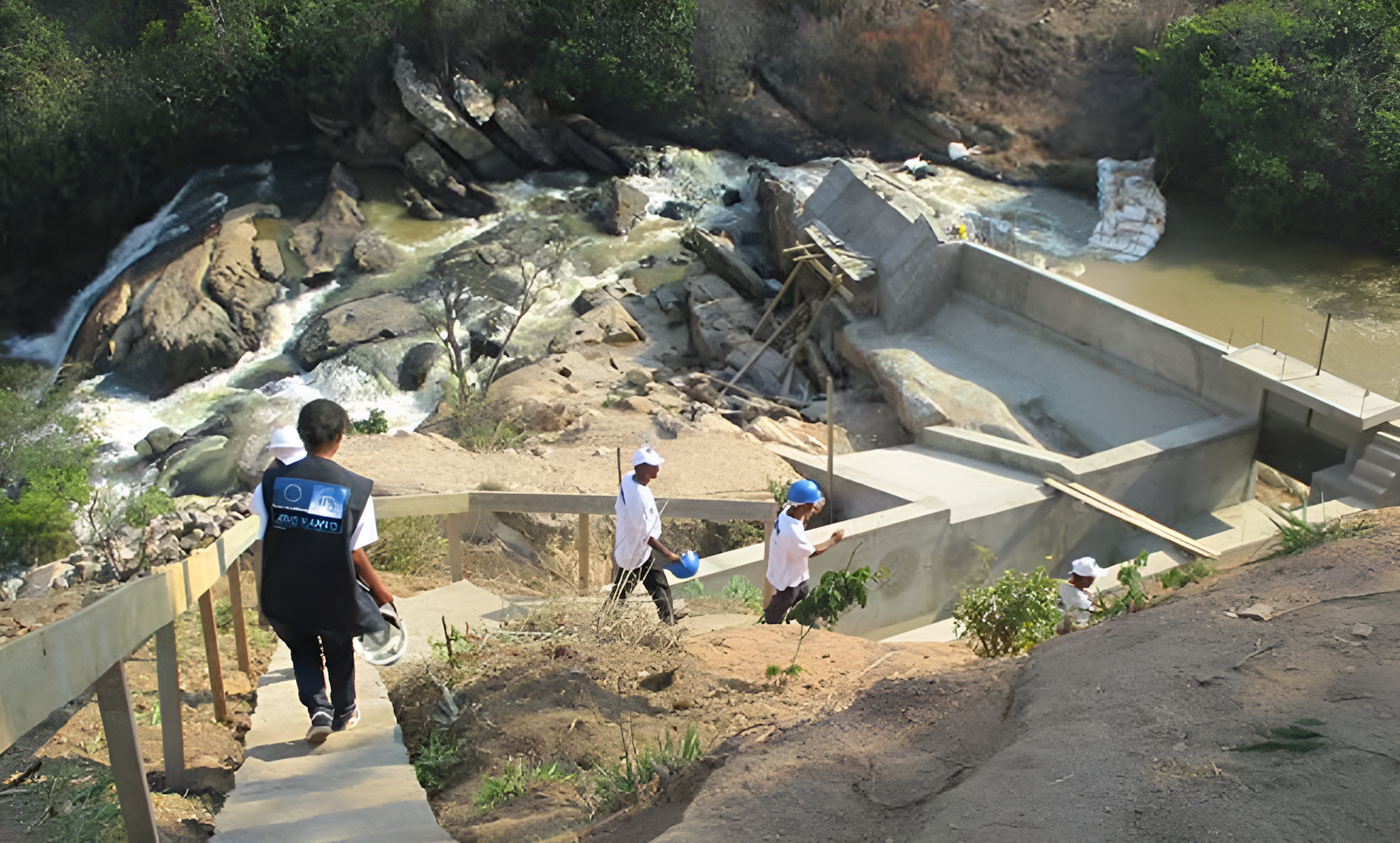Jiro Kanto rural hydro-electricity
Rural hydro-electricity for local communities in Madagascar
Climate impact
Reduction
Solution
Energy
Location
Madagascar
Evaluation
Other

ABOUT
Learn more about the
project
The Jiro Kanto project aims to provide renewable energy to around 170,000 local people and businesses in rural Madagascar.
Many communities in rural Madagascar aren’t connected to a national grid, and rely on electricity from a fossil fuel-based mini-grid. The Imerimandroso, Amparafaravola, and Tanambe communities, for example, get their electricity from highly polluting diesel generators. And the rural access to electricity is 1.5%, compared to the national average of 4.07%.
This project will support the installation and operation of river hydropower plants in the Aloatra-Mangoro region of Madagascar, and electrify the rural communities of Amparafaravola and Ambatondrazaka districts. This will unlock access to electricity for many people, and allow them to use less fossil fuel energy resources - resulting in an emission reduction of 12,748 tons of CO2 per yr.
The Jiro Kanto project is aligned with the national rural electrification strategy. This strategy is based on the national program of rural development, administered by ADER (Agence de Développement de l’Electrification Rurale).
Aera Group
Madagascar • https://aera-group.fr/
ASSESSMENT
Everything about this project at a glance.
Climate impact
Reduction
How to read this
Our atmosphere is like a bathtub, which we have been filling for decades with greenhouse gasses. Each ton of CO2e in the tub increases the global temperature and affects the climate.
In order to prevent our bathtub from spilling - which would mean reaching a +2°C temperature increase - 3 types of actions exist:
●
Reduction: These projects reduce emissions, closing the tap and slowing down the filling of the tub (e.g. switching to more efficient fuels)
●
Avoidance: These projects preventing future emissions, stopping a new tap from being opened (e.g. protecting forests and peatlands so that they don’t start releasing CO2)
●
Removal: These projects remove and capture greenhouse gasses, emptying the bathtub (e.g. reforestation and direct air capture technology)
Solution
Energy
How to read this
Solutions are different ways we can reduce, avoid and remove our emissions. They vary in terms of cost, level of maturity, potential to scale, and other factors. To make comparisons easier, Sweep groups solutions into categories such as Forests, Geoengineering or Buildings. Climate solutions are numerous: to learn more about what can be done, explore our catalog.
Location
Madagascar
How to read this
Solutions can be deployed in a large range of locations, from a micro-regions to entire sections of a continent. You might want to focus your contributions on specific areas to maximize local socioeconomic impacts or contribute where your activities are based.
Evaluation
Certified • Other
How to read this
Various international and regional standards rely on established methodologies, dedicated processes and third-party verifications to guarantee that a project delivers on its promises.
●
Certified: Standards, such as Gold Standard or Verra, are listed for maximal transparency
●
Not certified yet: The process to be certified is expensive and cumbersome, and ad-hoc methodologies might not exist for specific projects, preventing them from being certified. Sweep promotes other projects after a necessary due diligence, bringing more projects to a wider audience while also offering opportunities to develop and tailor new projects according to your own needs.
Capacity
12.75kt
How to read this
Capacity is the projected volume of tCO2e reduced or removed during the crediting period. This indicates the projected net impact of a project after adjusting for potential negative impacts and other externalities. This is key to assessing the current scale of a project and can give a quick estimate of what the considered volumes represent at the project scale.
Capacity does not reflect the available quantity of credits as some of them can already be sold.
Crediting Period
2020 - 2030
How to read this
Certified projects are eligible to generate carbon credits over a certain period of time. This crediting period gives a good estimate of the progress of a project.
●
Older crediting periods means that projects have delivered their promises and that third-party auditors have recognized the climate impact
●
Crediting periods covering coming years may have already been audited for a fraction of the volumes. The rest will be generated along future audits.
Co-benefits
3 SDGs
3 SDGs
SDG 7: Affordable and Clean Energy
10.5 GWh produced / year and 12 villages electrified
SDG 8: Decent Work and Economic Growth
Powering of income generating activities for 450 local SMEs Benefits to 29,500 households, schools & public services
SDG 13: Climate Action
12,500 tonnes of CO2 avoided/year
How to read this
Projects often have positive side effects beyond reducing, removing, or avoiding emissions. For example, projects might reduce waste, protect biodiversity, or support indigenous people. These co-benefits are modelled after the UN Sustainable Development Goals (UN SDGs).
Durability
N/A
How to read this
Durability only applies to to removal solutions. It indicates for how long the carbon will be removed from the atmosphere - the longer this is the more desirable. For example, storing carbon as mineral underground is more durable than in a tree, making it a less risky and longer term solution.
Financial additionality
Medium
How to read this
Additionality reveals the impact of your financial support. It indicates what percentage of the global project budget is coming from contributions.
●
High additionality means most of the project revenue relies on contributions, and they would likely not be able to happen without this financing.
●
Low additionality projects are less reliant on contributions.
●
Other additionality criteria, such as policy or regulatory additionality, are tackled through certifications and not assessed here
Barriers
Medium
The total project barrier score is available when all types of barrier are provided. It is a composite score based on the 5 barriers assessed.
Technical
Financial
Social
Political
Economical
Prior to the project’s initiation, electrification is still absent in 9 out of the 12 beneficiary communities and most of the people use candles and oil. For some who possess husking machines or electronic devices such as music players, TV small screen, they use generating sets as source of energy. Only 3 communities already feature isolated power generation from commercial diesel gensets: Amparafaravola – JIRAMA : 536 kW, Tanambe – JIRAMA : 608 kW, and Imerimandroso – BETC : 180 kW.
How to read this
Barriers are the different hurdles a project might need to overcome. Barriers can give you a sense for the challenges a project faces, but also how it can add deeper value and create change. We differentiate five types of barriers: economic, social, institutional, technical and financial.
Create your portfolio to get started
Our carbon team will help you tailor your portfolio based on your preferences.
Track, report and act
Sweep helps you get your carbon on-track
Sign up to The Cleanup, our monthly climate newsletter

© Sweep 2023